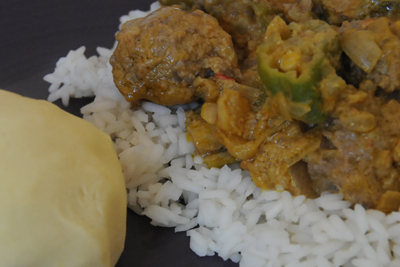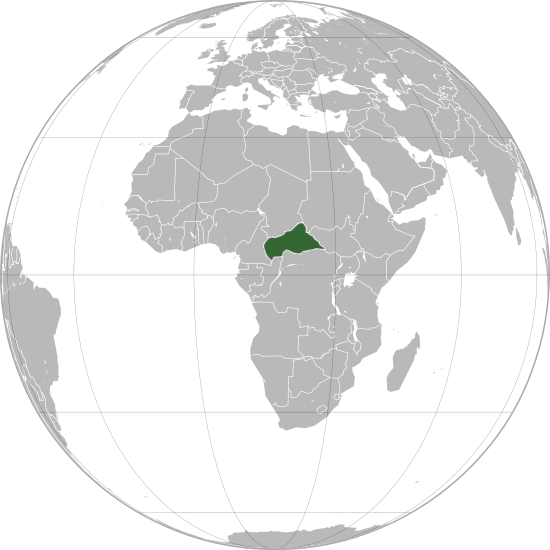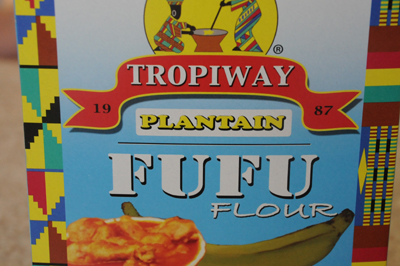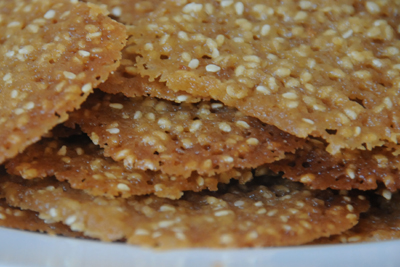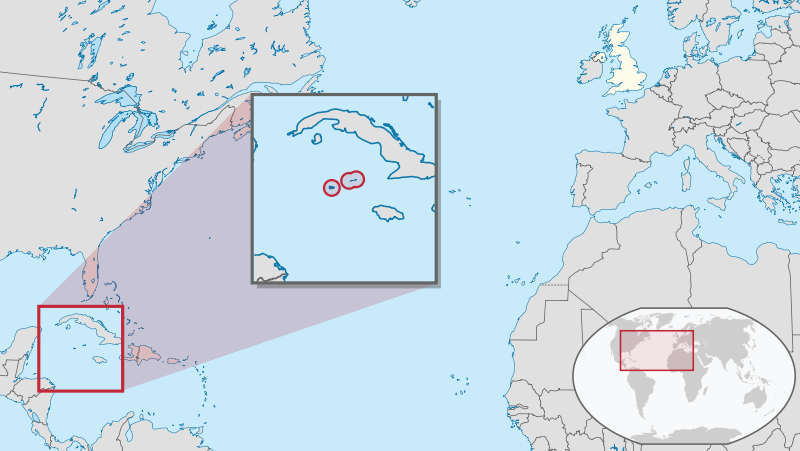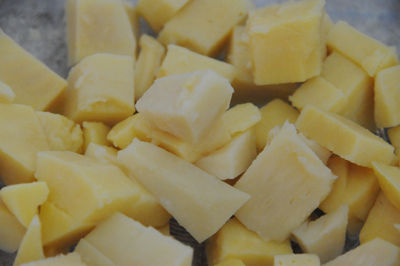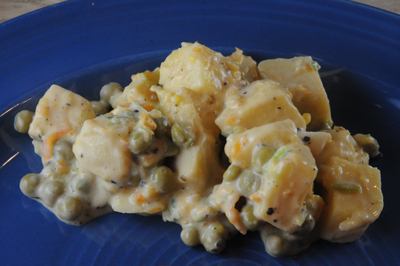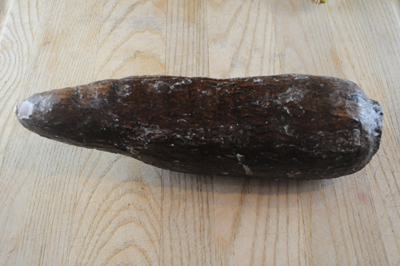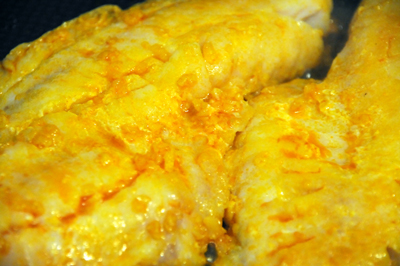But I love French fries. Yes, I will even eat McDonald's French fries (I know, I know). So when I heard about poutine I kind of based my entire Central Canadian recipe around that one dish.
Poutine. It's basically just French fries smothered in cheese curds and gravy. Cheese curds, mmmm. Cheese + French fries = cardiac disease heaven. This dish originated in Quebec and is now a very popular fast food all over Canada, so I had to make it. I just had to.
Anyway you may be wondering just what parts of Canada are considered "Central," so we'll get that out of the way first. Central Canada includes Canada's two largest provinces, Ontario and Quebec. On the map, this region really looks more eastern than central, but there are much smaller regions on the coast that comprise the "East Coast region." Central Canada is a part of French Canada, so most of the food that comes from this region has French influences—hence the rich, cheesiness of the poutine.

It was actually harder to find recipes from Central Canada than it was to find recipes from most tiny African or Caribbean nations. I'll bet that surprises you as much as it does me.
If I had to guess (which is what I'm doing), I'd say that the reason for the difficulty is because Canadian food is a lot like American food: chefs take elements from cuisine that is popular in other parts of the world and combine them to make dishes that are delicious but not really quintessentially anything. So although I found a lot of "Canadian" recipes, I really had no idea how truly Canadian they actually were. Add to that the fact that most people think poutine is a meal all by itself, and I had extra difficulty trying to find a truly Canadian dish to go with this dish that I already had my heart set on.
So I did some Googling, which is my solution for everything, and I eventually found a forum where some Canadians were debating the different dishes that you could potentially serve with poutine. A few posters suggested a classic Quebecois dish called Tourtière, which is a recipe I kept running into during my research but ended up rejecting for two reasons: the first and primary because Tourtière is a winter dish (often served at Christmas time), and it's been 100 degrees here in Gold Country. The second reason was because it's a heavy dish to be paired with another heavy dish.
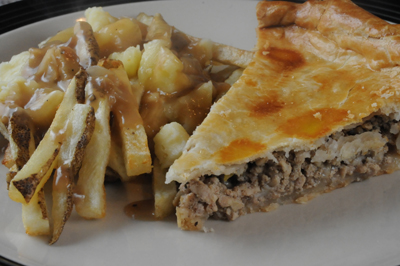
But you know, I just had to make poutine. And I couldn't find anyone anywhere who was suggesting an alternative dish to serve with it. So Tourtière it was.
Here's the recipe (this version came from Simple Bites):
- 1 1/4 pounds ground pork
- 3/4 cups cold water
- 1/2 cup finely chopped onion
- 1/4 cup finely chopped celery
- 1/2 tsp ground black pepper
- 1 bay leaf
- 1/2 tsp dried savory
- 1/4 tsp dried rosemary
- 1/4 tsp grated nutmeg
- 1/4 tsp cinnamon
- Salt to taste
- 1/4 cup old-fashioned rolled oats
- Pastry for one 9-inch pie
- 1 egg, beaten
For the fries:
- 2 lbs unpeeled russet potatoes
- Canola oil for frying
- Cheddar cheese curds
- 2 tbsp butter
- 1/4 cup cup white onion, diced
- 2 tbsp all-purpose flour
- 2 cups beef stock, warmed
- 1 tsp Worcestershire sauce
- Freshly ground black pepper, to taste
I had to do a dessert, too, you know, to balance out all that super-healthy stuff we'd be eating for the main meal. So I picked this one, which came from Oak Cottage Recipes:
Old Quebec Molasses Cake
- 1 1/2 tsp lemon juice, combined with enough milk to make 1/2 cup*
- 2 large eggs
- 1/2 cup sugar
- 1/2 tsp baking soda
- 1/2 cup molasses
- 2 cups flour
- 1/2 tsp cinnamon
- 1/2 tsp nutmeg
- 1/4 tsp ground cloves
- 1/4 tsp powdered ginger
- 1/2 cup of melted butter
- 1/4 cup chopped toasted walnuts
- 1/2 cup of sultana raisins
I almost always start with the dessert, unless it's something that needs to be served hot. So here's how to do the cake:
Preheat your oven to 350 degrees. Combine the lemon juice and milk and let stand 5 minutes, or until thickened.
Grease and lightly flour a 9-inch round baking pan.
Add the baking soda to the lemon juice/milk mixture and stir until dissolved.
Beat the egg with the sugar, then add the milk mixture and the molasses.
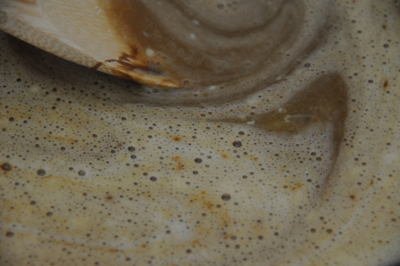
In a large bowl, stir the flour and spices together, then add this to the wet ingredients. Stir until completely mixed. Add the melted butter, walnuts and raisins.
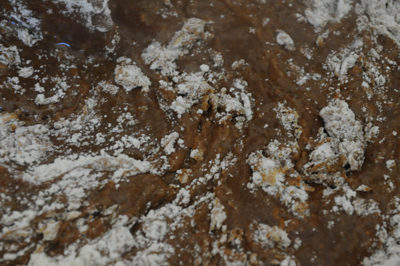
Pour the batter into the baking pan and bake for 35 to 40 minutes, or until a toothpick comes out clean.
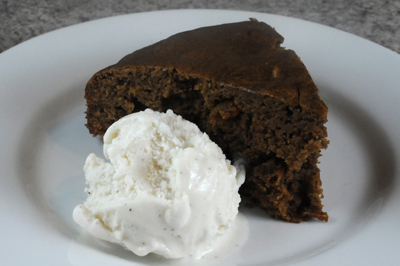
Now for the pie:
In a large pot, mix the ground pork with the cold water and bring to a boil, breaking apart any lumps in the meat. The mixture should be slightly wet, so add more water if necessary.
Now add the vegetables and all the spices except for the salt. Cover the pot and cook on medium low heat for about an hour and 15 minutes. Lift the lid and stir often, adding more water if the meat looks too dry.
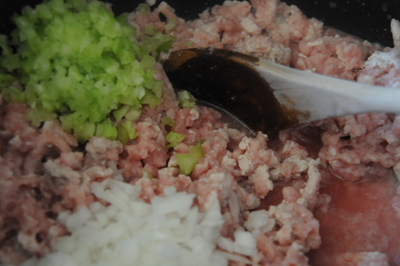
About 40 minutes into the cooking process, add the salt.
When the cooking time is up, add the rolled outs and stir for a minute or two. Now remove the bay leaf and let cool.
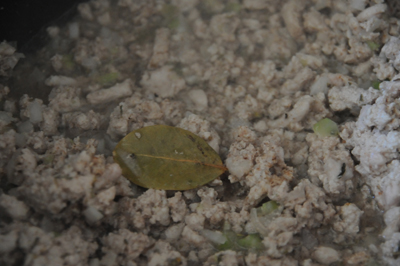
Preheat your oven to 425 degrees. Line a pie pan with the pastry (I just used a refrigerated, pre-made dough, though you can do it from scratch too if you don't have four kids who are complaining about how long it's taking you to make dinner).
After the meat has cooled (it doesn't need to be room temperature, just lukewarm), pour it into the pie shell and brush the edge of the pastry with some of the beaten egg.
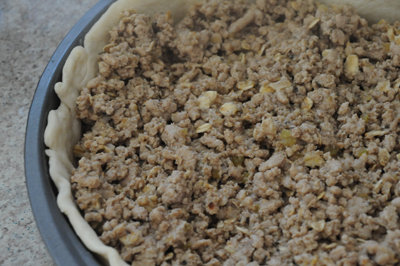
Now cover the pie with the rest of the pastry, trim, and crimp or roll the edges to seal. Don't forget to cut slits in the top of the pie crust so it can vent while baking.
Bake for 15 minutes, then reduce the heat to 375 and continue baking for 25 minutes or until the crust is golden.
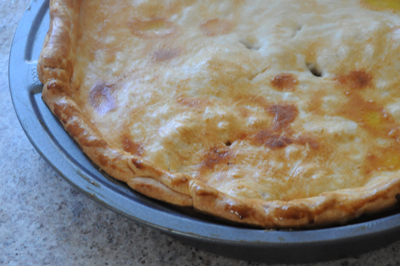
Now for the poutine.
First slice up your potatoes and submerge them in ice water. It really helps if you have a French fry slicer to do this, that way your fries will cut faster and cook evenly.
Meanwhile, heat 1 1/2 inches of oil in a heavy pot until bubbles rise around the non-stirring end of a wooden spoon.
Remove the potato sticks from the ice water and pat dry. Now fry them in batches for about a minute and a half and drain on paper towels. This will not cook them through—these potatoes are double-fried. Why? I don't know, and neither does anyone else. One theory is that the first fry creates a water-tight seal around the outside of the potato, which will make for a moister French fry. Another theory is that frying them just one time will give you a French fry that is still raw in the middle, though that's not what happens to me when I make French fries, and I don't usually double-fry them. Anyway, that's what this recipe said to do, so that's what I did.
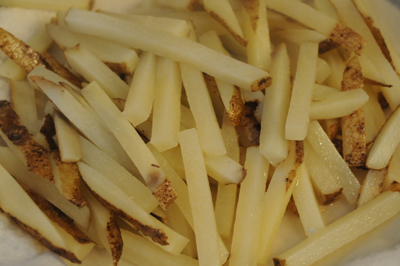
After the first fry return the potatoes to the hot oil and refry for about five minutes, or until golden (mine took more like 7 minutes). Drain again. Lament at how many expensive paper towels you are going through.
Meanwhile, make the gravy. First melt the butter over medium heat, then add the onion and sauté until translucent. Now stir in the flour to make a roux (the mixture should be lightly browned, which will take 3 or 4 minutes). Add the stock, stirring constantly to prevent lumps. Bring to a boil, then reduce heat and simmer until the gravy is thickened, which should take another 10 or 15 minutes. Add the Worcestershire sauce and the pepper.
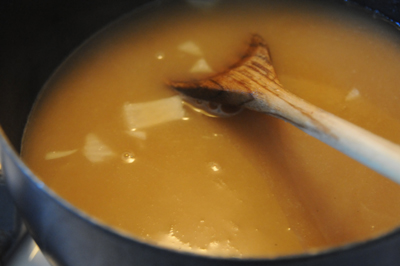
Put the French fries on serving plates. Add the cheese curds. Cover with the gravy. YUM.
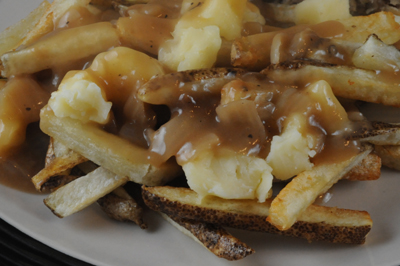
I don't have to tell you how much I enjoyed to poutine. Because come on, freshly made French fries, cheese curds and gravy … what kind of a crazy person wouldn't like that?
My kids, actually. To be honest I didn't even bother giving Hailey any cheese or gravy because cheese and gravy both deserve to be treated better than that. But even Natalie and Dylan turned their noses up at the poutine. Crazy people.
The pie was good. It really was too heavy a combination with the poutine, but I still liked it. I can see how it would have been a lot nicer on a cold winter's day, served with a chunky green ketchup (which I didn't have). Everyone in my family ate it though. My kids love anything made with pastry.
The cake was very good with a scoop of vanilla ice cream. In flavor it was a lot like a gigantic gingerbread cookie. Again, it would have been great on a cold December evening. I almost feel like I'm going to have to go back and do this meal again around the holidays to really appreciate it.
I made two of the cakes, and one of them went with Martin to work, where it instantly vanished. So it was a hit with more than just my family.
I loved making this meal for many reasons, not the least of which was because it was a nice change from all the African and Asian fare I've been doing for the past few weeks. But mainly because of the cheese and French fries. We all have our weaknesses.
Next week: Central Thailand
For printable versions of this week's recipes:












